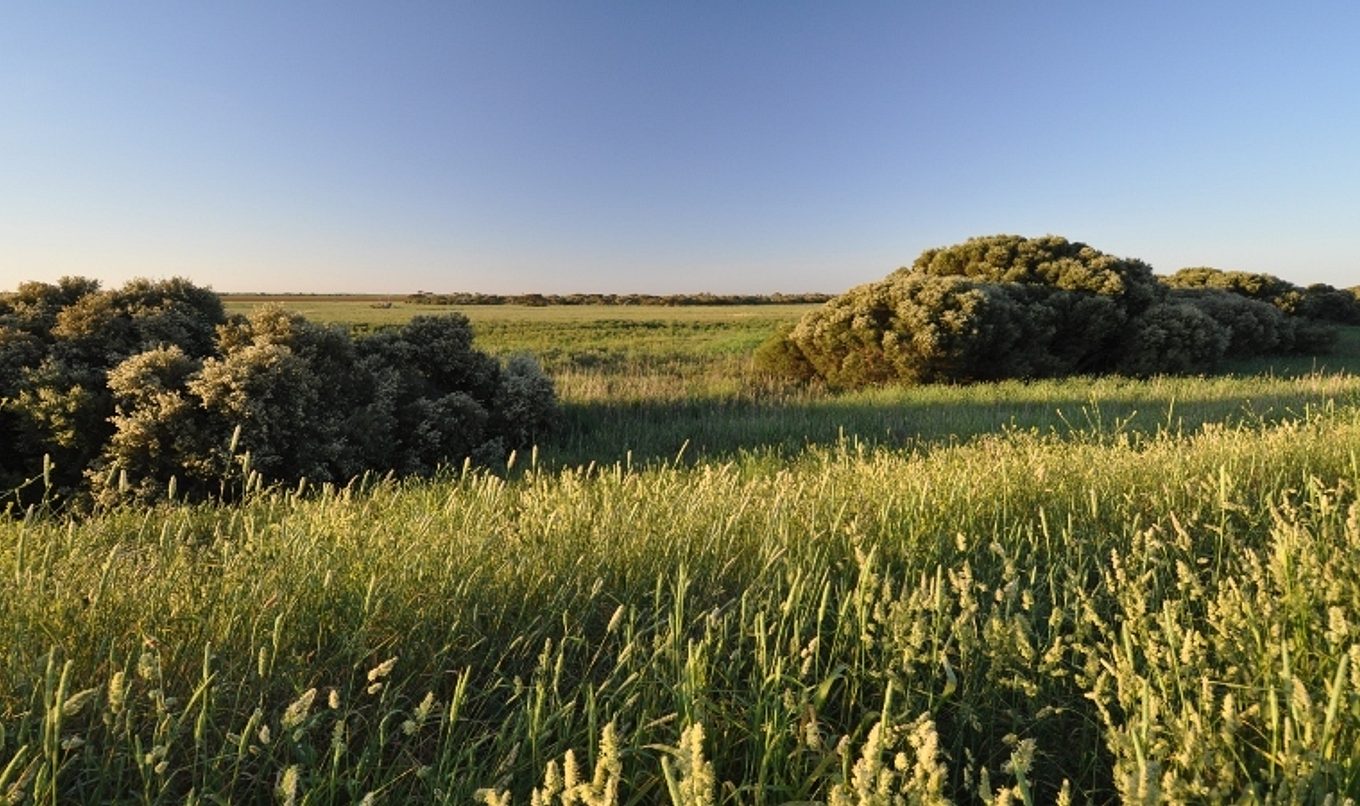Successful biodiversity credit program moves to the Murraylands and Riverland
Local landholders have an opportunity to diversify their income with the successful Biodiversity Credit Exchange moving into the Murraylands and Riverland region after a successful implementation across the Yorke Peninsula and Mid North.

Delivered by the Department for Environment and Water (DEW) on behalf of the Native Vegetation Council, the Biodiversity Credit Exchange (BCE) gives eligible landholders access to funding to manage and protect areas of native vegetation on their land in order to generate biodiversity credits.
Manager Native Vegetation with DEW Sarah Reachill said the program had been a resounding success on the Yorke Peninsula and Mid North which saw three landholders establish BCE sites.
“These landholders are being paid on an annual basis for ten years to protect and manage over 820 hectares of remnant native vegetation on their land,” Sarah said.
“We’re looking forward to replicating this success in the Murraylands and Riverland region. This is a region with an important and diverse range of native vegetation that we want to preserve for future generations.”
Sarah explained that through the BCE program, landholders receive payments to establish and maintain areas of native vegetation as part of an agreed management plan to protect, manage and restore biodiversity in designated areas on their land.
“The credits generated on their land are listed on the Native Vegetation Credit Register and can then be sold to buyers that are required to offset vegetation clearances in the same region,” Sarah said.
“What this does is supports sustainable development in our growing regional economies while providing long-term protection for our state’s ecosystems and ensuring there is no net loss of native vegetation for South Australia.
“It’s also a great way for landholders to diversify their income while helping to protect the environment.
“The number of credits your site will generate is dependent on its current condition and the expected improvement in biodiversity that would result from its management and protection. This will be determined by an on-ground assessment conducted by field staff.”
Sarah said the BCE will target sites of high conservation value across the region with two target areas in Mount Barker and the broader Murray River.
Once established, the Biodiversity Credit Exchange will provide clearance applicants with a straightforward and efficient way to meet their Significant Environmental Benefit (SEB) obligations.

